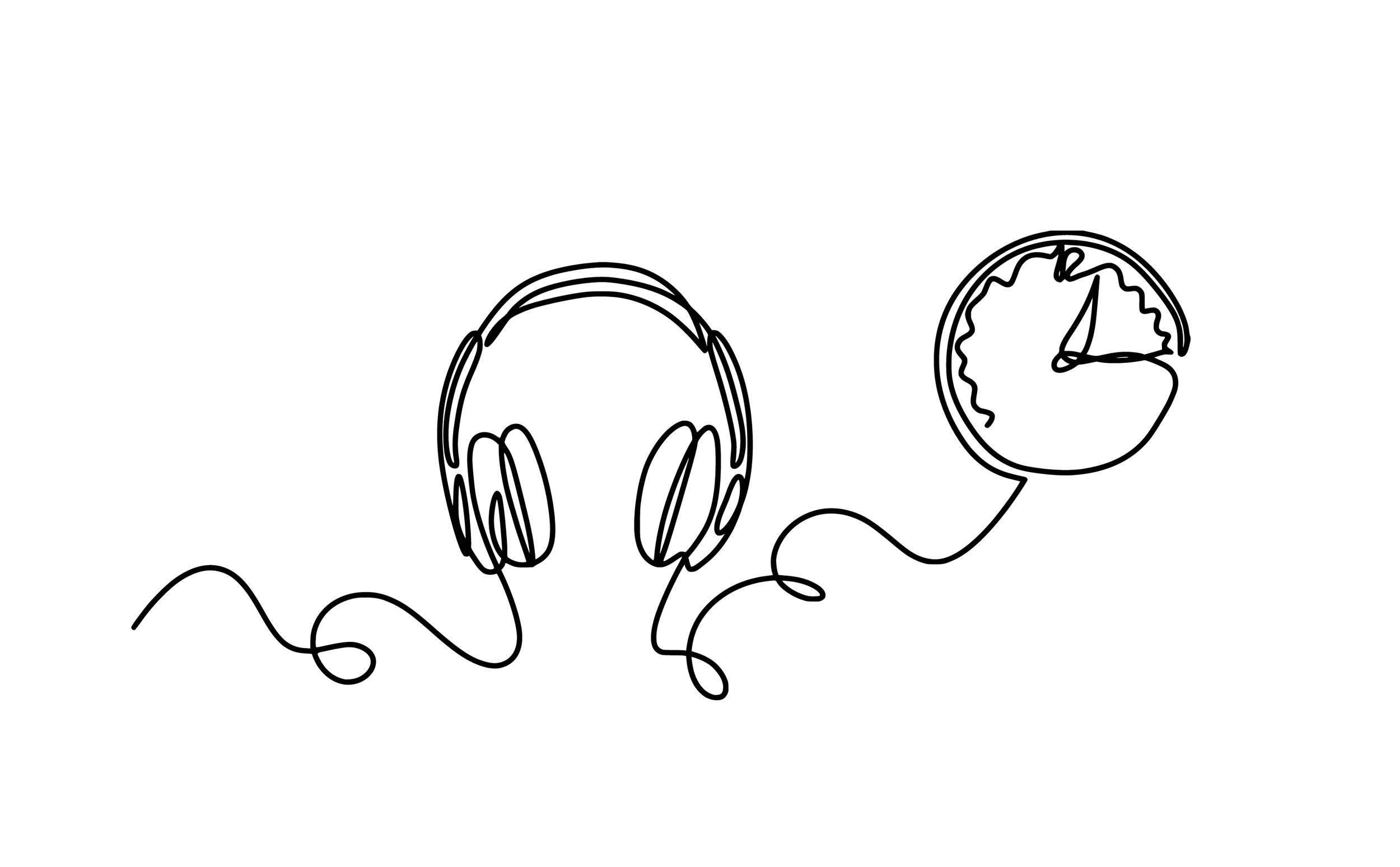A better way to measure podcast success: Listen Time
In 2012, YouTube was faced with an issue. They used number of views as their primary metric for video success and it was the driver of their recommendation engine. This led to people trying different ways to boost their view numbers in order to get recommended to more people through YouTube’s algorithm. But it did not lead to video creators making better videos. It incentivized the creation of click-bait content that might have increased the number of views (or starts) but not necessarily created value for the viewer.
For example, videos with a provocative title or an enticing thumbnail would see a lot of clicks, but the actual content would fall flat. Those videos, because they had a lot of views, would be recommended more by the algorithm despite the fact that it was of low quality to the audience.
YouTube eventually switched to ‘watch time’ being the driver of their recommendations. This means creating valuable content that people actually want and that people keep watching drives the algorithm. The number of views might still be displayed on each video but watch time is what the recommendation engine is primarily focused on.
We believe podcasting can learn from this.
An alternative to downloads
Bumper suggests a new standard for measuring podcast success — Listen Time: the cumulative number of seconds/minutes/hours the audience has actually listened.
For example, one thousand people listening to an episode for thirty minutes each would give an episode a Listen Time of 30,000 minutes.
Listen Time measures what’s actually important: fans truly spending their time with a podcast.
Over the years of speaking with clients, we’ve learned that for many podcasters, the goal has to be for people to listen to their shows and fall in love with them. To follow the podcast and to listen to the full back catalogue. To tell all their friends about them.
This is how you build a following and, if desired, a business. Whether you sell ads and sponsorships, offer paid subscriptions, sell merch, put on events or use the show to promote your non-podcasting business, the only way to success is having real listeners that opted into a relationship with you.
Listen Time measures exactly that: how long did audiences volunteer their time. It shows listeners’ genuine engagement with the content. This is not a vanity metric or something that you can easily artificially inflate. People have to like the show and choose to keep listening.
Our team is asked all the time how to create podcast success. This is easy to answer and incredibly hard to execute: make something that’s worth falling in love with and then find the people that will do just that.
Bumper largely helps with the second step and creates strategies that introduce podcasts to the right audiences. As we measure the success of any show, we want to know how much true attention the podcast has received and not how many times it has been sampled. This is why we don’t look at downloads as the primary success metric.
Downloads don’t help you measure most of what’s important to podcasters. At best they are a rough indication of how many devices requested an audio file and at worst they are a misleading metric to advertisers about how many people have heard an ad. Our industry has been too focused on the downloads as the one number that measures success and we believe it’s the wrong one.
Podcasting is not a reach medium. It does not (and might never) reach as many people as Netflix, TikTok or network TV. It might never be as widely used as email. YouTube might always be more popular than all podcast apps combined.
What podcasting lacks in reach, it makes up for in engagement. Listen Time in podcasting vastly exceeds anything we see in video — in other words, people spend a lot more time with a podcast episode vs. a YouTube video. This gives audio storytellers a large canvas to go into nuance and detail they maybe couldn’t cover in another medium.
How are we going to get Listen Time?
You cannot currently get Listen Time from your hosting provider or any third party analytics provider. Hosting platforms and prefix-based measurement services are best equipped to provide download numbers as episodes are locally stored on listener’s devices.
The places that know how long people have listened to are the podcast apps. Some (including Apple Podcast and Spotify) even give you an indication how long people have listened to but not in a consistent way and not in a way that those numbers could be aggregated.
Bumper has developed a way to estimate Listen Time for any podcast. Far from being perfect, it gives our clients better insights on how their podcasts are really performing. We’ll share more details on the Bumper blog soon but if you want to see our Listen Time formula first subscribe to our newsletter:

